EcuadorianHands promotes research and conservation of the tropical dry forest, home to the Palo Santo tree. Learn how...
Search in blog
Blog categories
- How To? (21)
- Life and health (46) click
- Environment (50) click
- Fashion (53) click
Latest posts
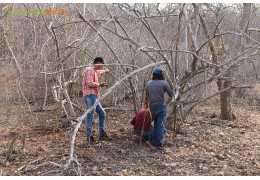
EcuadorianHands is a company that works in a sustainable and responsible way with the environment. We have been...
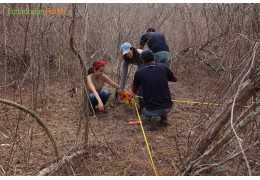
Dry forest, one of the most threatened ecosystems due to the ease of change associated with human activities. This...
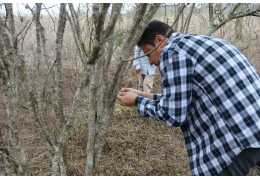
Of the five carbon compartments that can be measured in a forest (live aerial biomass, underground biomass, debris or...
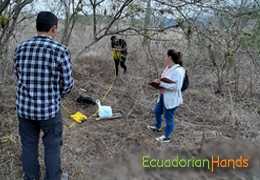
From 2015 to the present date, we have planted more than 10,000 palosanto trees, conducting scientific studies in...
Popular posts

.png)



Photo gallery
-
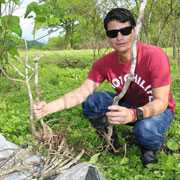
Is Palo Santo really endangered?
-
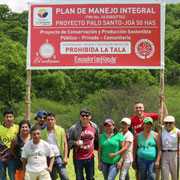
Is Palo Santo really endangered?
-
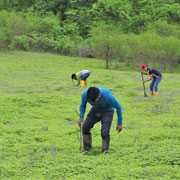
Is Palo Santo really endangered?
-
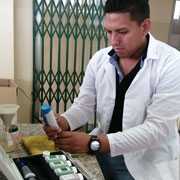
Investigations concerning the PaloSanto tree.
-
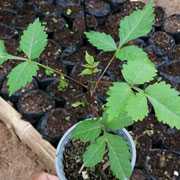
Nursery
-
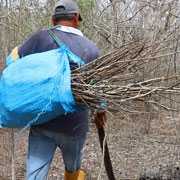
It's reforestation time! Palo santo

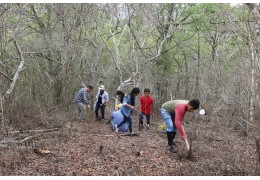

 knowledge of the fabric and in addition to safeguarding the hat's tissue, the work of the weavers will be recognized and valued. To the people who carry this heritage of knowledge, both older people and the new generations who are learning.
knowledge of the fabric and in addition to safeguarding the hat's tissue, the work of the weavers will be recognized and valued. To the people who carry this heritage of knowledge, both older people and the new generations who are learning. Mariana Mero (59 years old); hails from Montecristi. She started weaving hats from childhood like most Montecristi inhabitants who are dedicated to weaving. Her mother and aunt taught her techniques for knitting a hat. She dedicates herself to knitting because income is not always obtained from another economic activity.
Mariana Mero (59 years old); hails from Montecristi. She started weaving hats from childhood like most Montecristi inhabitants who are dedicated to weaving. Her mother and aunt taught her techniques for knitting a hat. She dedicates herself to knitting because income is not always obtained from another economic activity.


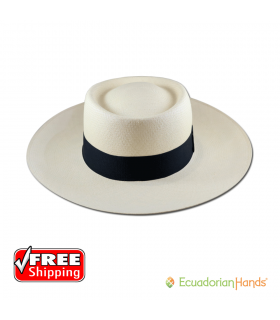

![FEDORA Panama Hat [FREE SHIPPING] | EcuadorianHands](https://ecuadorianhands.com/16027-home_default/fedora-montecristi-panama-hat.jpg)

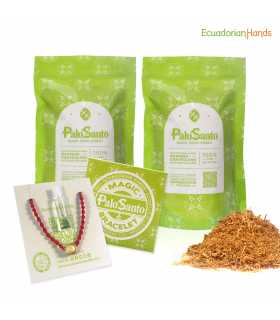
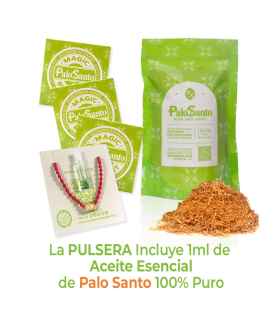
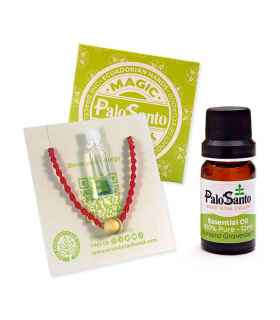
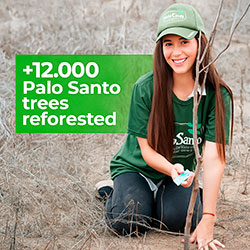
Leave a comment